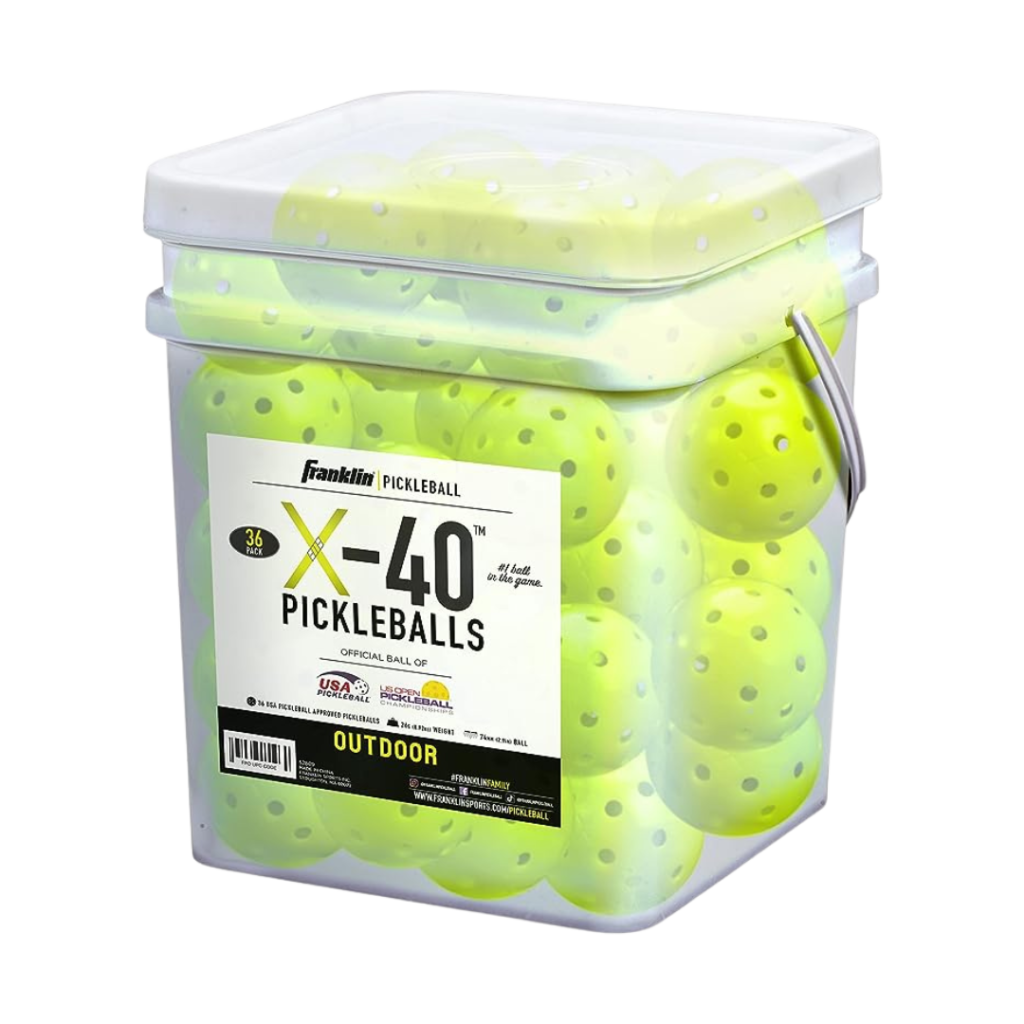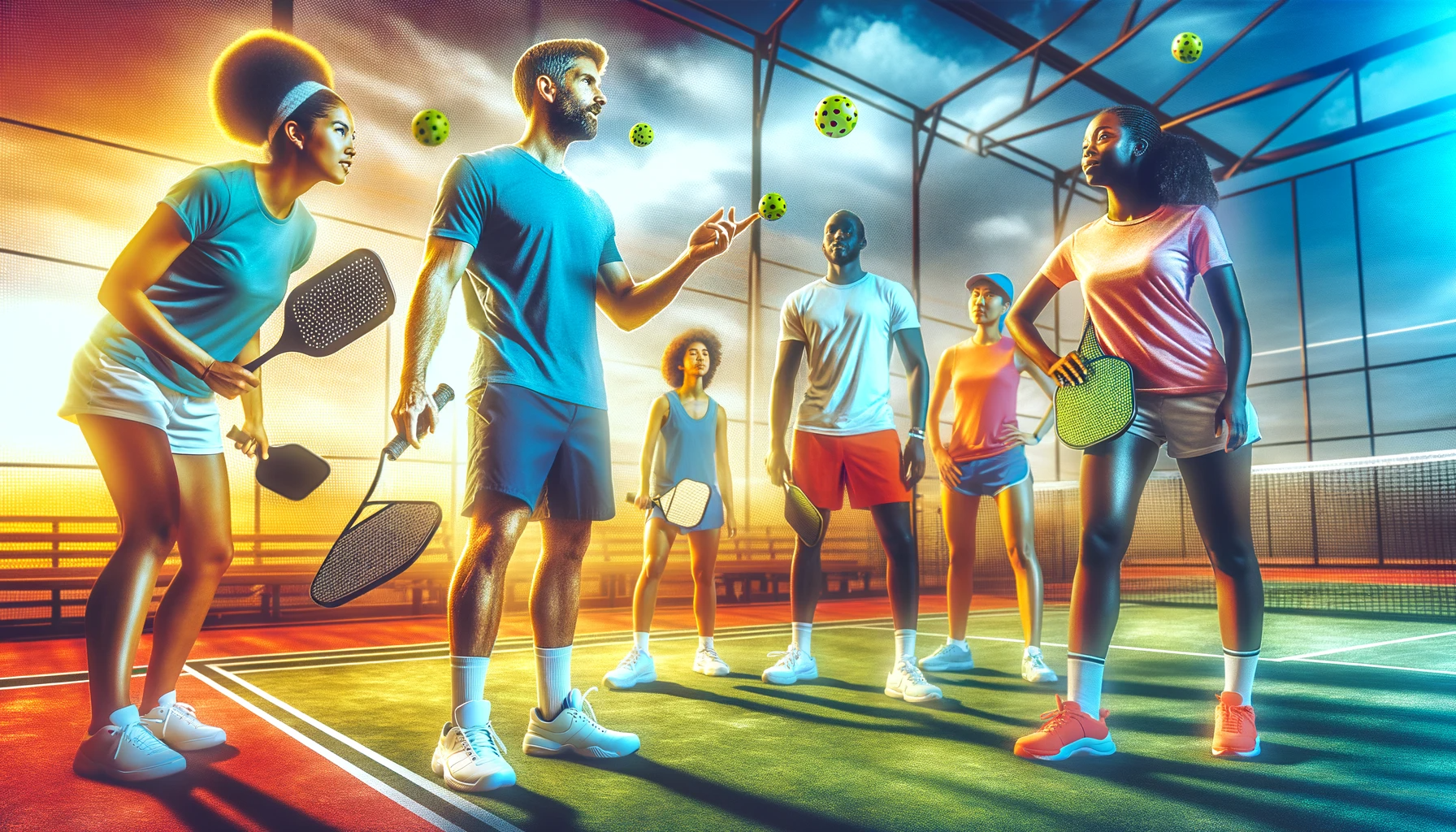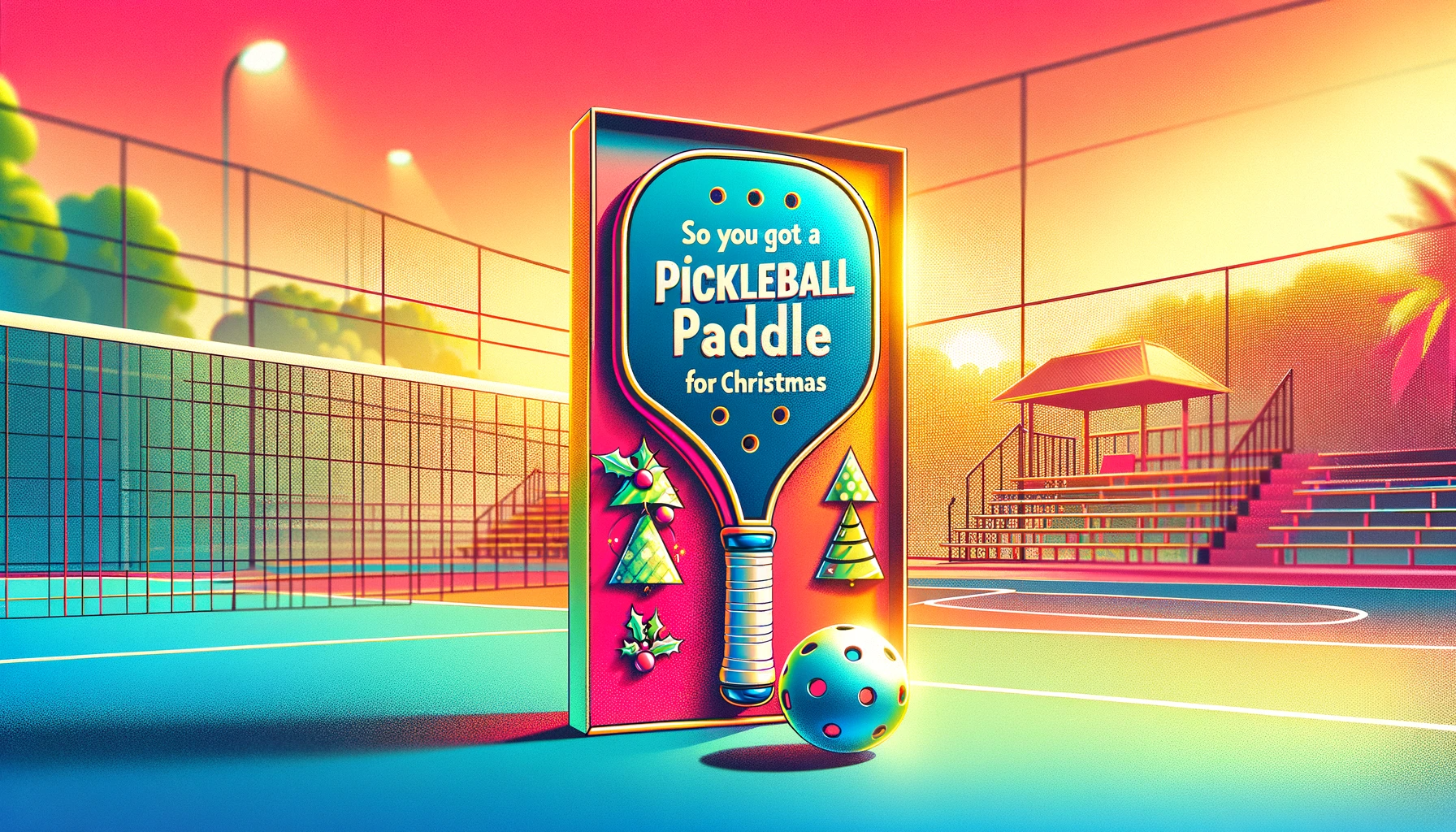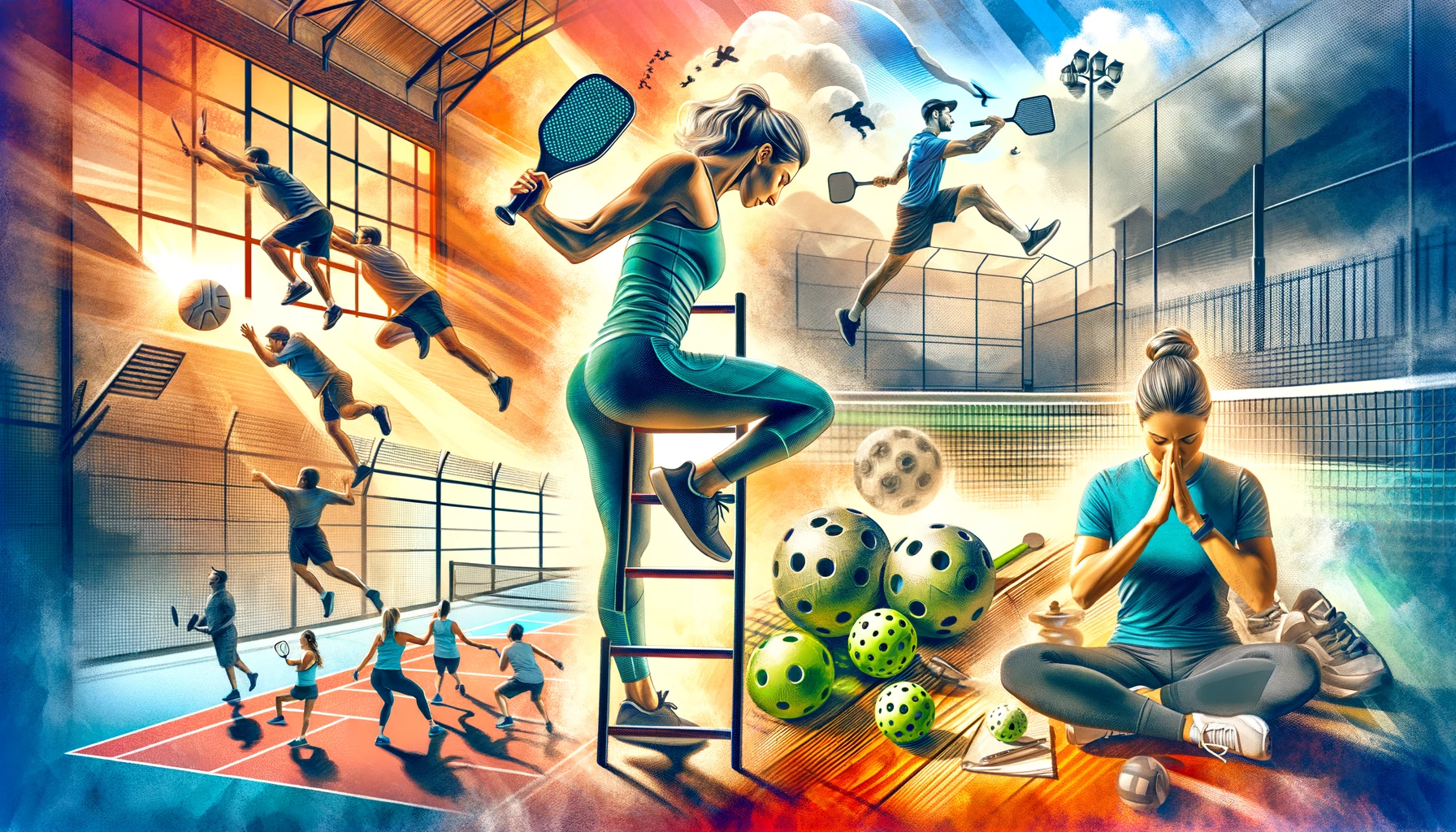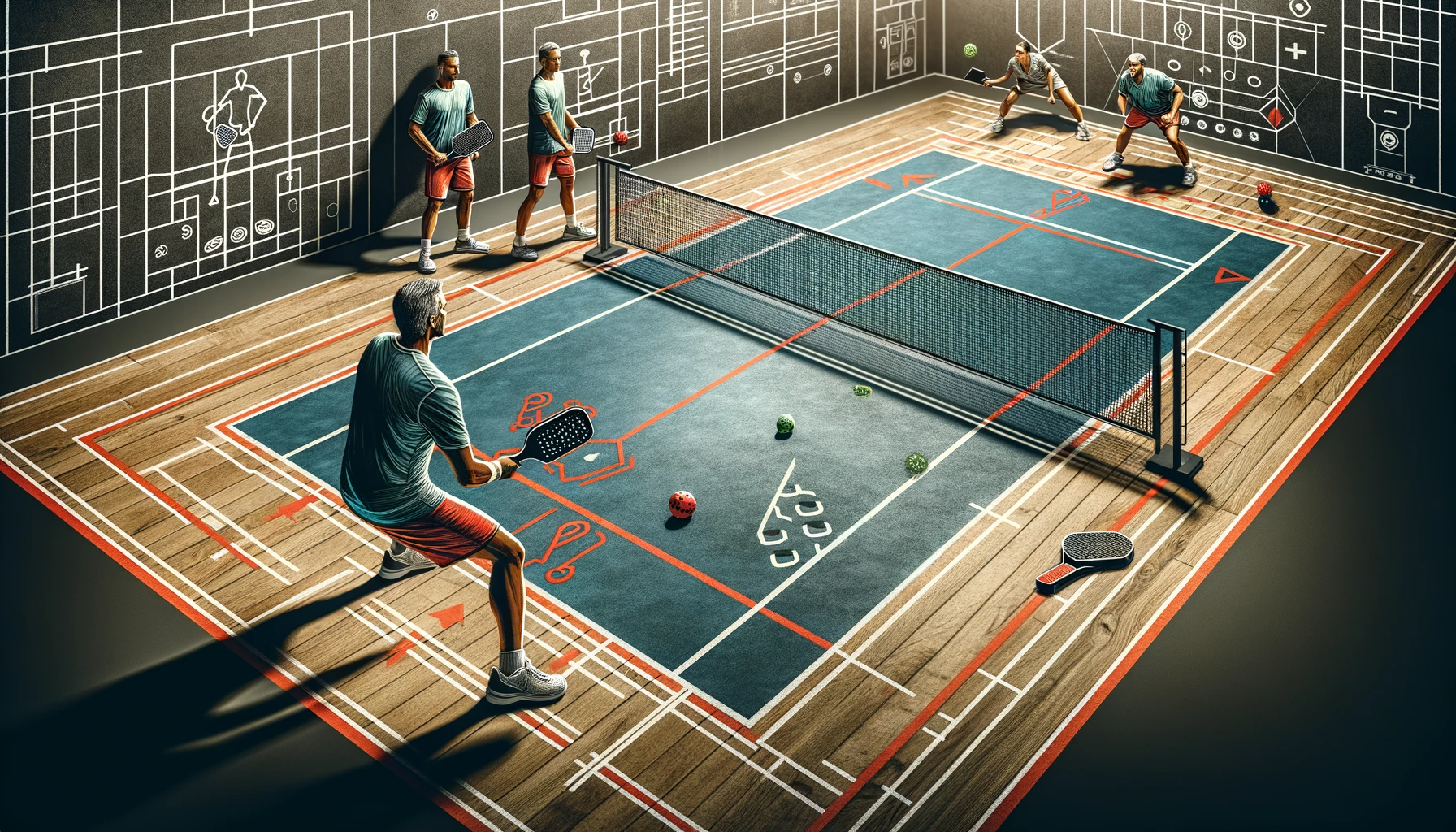
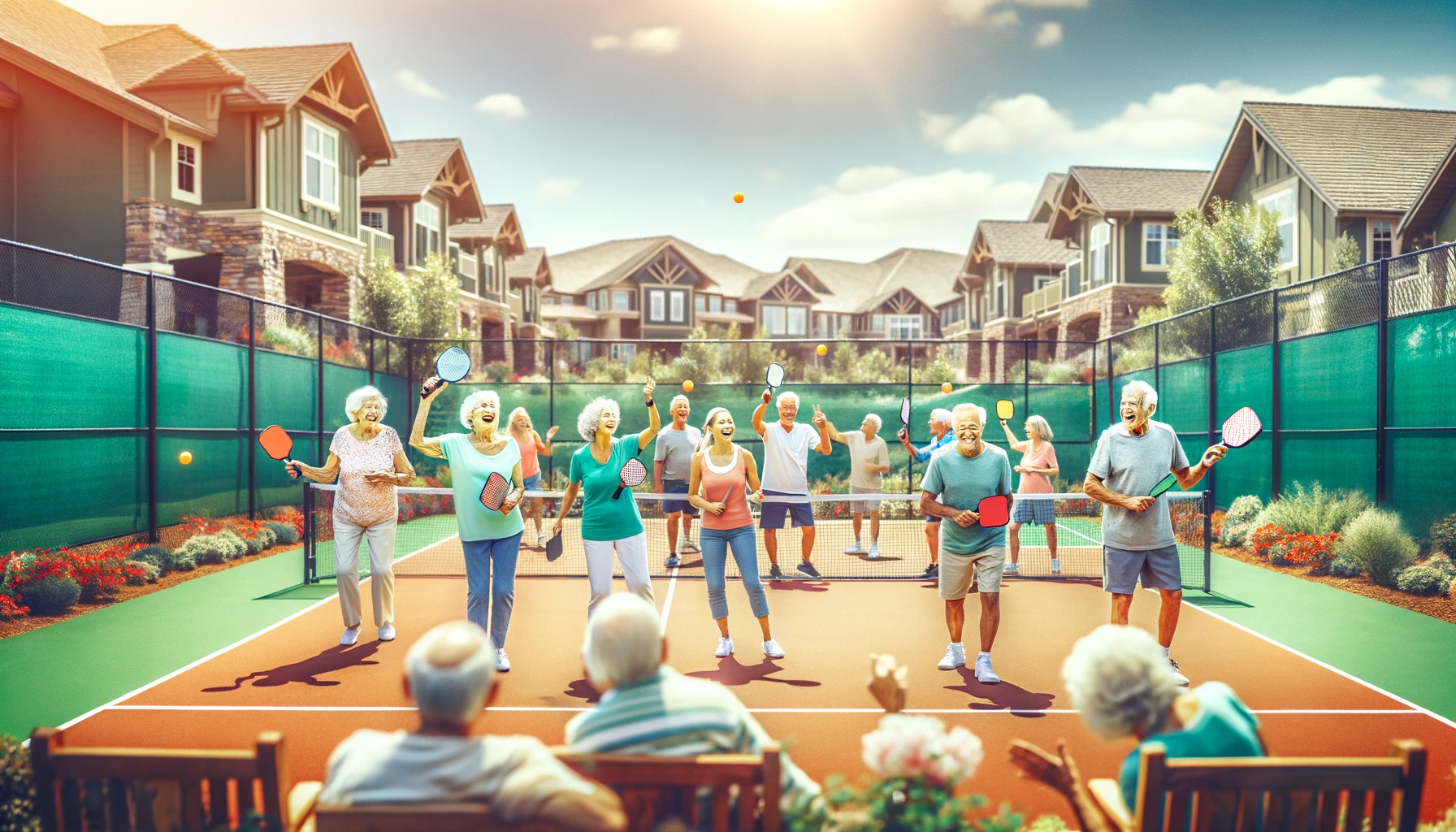
Pickleball in Retirement Communities: The Growth and Benefits of Pickleball Among Retirees
Introduction
Pickleball, a sport that combines elements of tennis, badminton, and ping-pong, has become a phenomenon in retirement communities across the country. Its simplicity, social nature, and low-impact gameplay make it particularly appealing to retirees. This article explores the burgeoning popularity of pickleball among older adults, delving into its health benefits, community impact, and the adaptations that make it suitable for retirees. We aim to provide a comprehensive overview of why pickleball is not just a sport, but a lifestyle choice that enhances the quality of life for many retirees.
Rise of Pickleball in Retirement Communities
Historical Context and Growth of Pickleball
- Origin of pickleball in the 1960s and its evolution.
- The sport's spread to retirement communities and its increasing popularity.
Reasons for Popularity in Retirement Communities
- Low-impact nature suitable for older adults.
- Easy-to-learn rules and minimal equipment requirements.
- The social aspect of the game promoting community engagement.
Statistics and Trends Showcasing Growth Among Retirees
- Data on the increasing number of pickleball courts in retirement communities.
- Surveys and studies highlighting the growing interest among retirees.
Health Benefits of Pickleball for Retirees
Physical Health Benefits
- Cardiovascular health improvements through regular play.
- Enhanced mobility and agility, crucial for aging adults.
- Benefits in maintaining and improving balance and coordination.
Mental Health Benefits
- Cognitive function stimulation through strategic gameplay.
- Stress reduction and positive impacts on mental well-being.
- The role of pickleball in enhancing mood and combating depression.
Social Health Benefits
- Building a sense of community and belonging among players.
- Opportunities for social interaction and forming new friendships.
- The inclusive nature of the sport, accommodating various skill levels.
Adapting Pickleball for Older Adults
Modifications for Safety and Accessibility
- Adjusting court size and net height for easier play.
- Use of lighter paddles and softer balls for comfort and safety.
- Implementing rules modifications for inclusivity.
Equipment and Facilities Suited for Retirees
- Designing courts with safety features like non-slip surfaces.
- Providing equipment that is ergonomic and easy to use.
- Accessibility considerations for players with mobility challenges.
Programs and Initiatives Promoting Pickleball Among Older Adults
- Organized pickleball clinics and workshops tailored for retirees.
- Community tournaments and leagues to foster competitive spirit.
- Partnerships with health organizations to promote the sport among older adults.
Section 4: Community Impact and Social Aspects
Role of Pickleball in Fostering Community Engagement
- Creating a communal space for interaction and activity.
- Encouraging volunteerism and leadership roles among retirees.
- Organizing social events and gatherings around pickleball activities.
Case Studies or Examples of Successful Pickleball Programs
- Profiles of retirement communities where pickleball has significantly impacted social life.
- Success stories of individuals whose lives have been transformed through pickleball.
Testimonials from Retirees about Their Experiences with Pickleball
- Personal accounts highlighting the joys and benefits of engaging in the sport.
- Stories of improved health, new friendships, and enhanced quality of life.
Challenges and Considerations
Addressing Potential Challenges
- Strategies to minimize injury risks, including proper training and safety gear.
- Addressing accessibility issues, such as providing suitable transportation to courts.
- Ensuring equitable access to facilities and equipment for all interested retirees.
Strategies for Introducing and Sustaining Pickleball Programs
- Collaboration with local health professionals and fitness experts for program development.
- Fundraising and grant opportunities to support infrastructure and equipment needs.
- Community outreach and marketing to raise awareness and interest in pickleball.
Consideration of Diverse Needs and Abilities of Retirees
- Adapting programs to accommodate varying physical abilities.
- Offering different levels of play to match skill and comfort levels.
- Incorporating social elements to engage those less interested in the competitive aspect.
Future Outlook of Pickleball in Retirement Communities
Predictions or Trends for the Future
- The expected growth of pickleball in new regions and communities.
- Technological advancements in equipment and facilities catering to older adults.
- Potential for pickleball to be integrated into wider health and wellness programs.
Potential for Growth and Expansion
- Exploring partnerships with national health and sports organizations.
- The role of pickleball in promoting intergenerational activities and bonding.
- Expansion into international retirement communities.
The Role of Technology and Innovation
- Use of technology in training and skill development.
- Innovative approaches to making pickleball more accessible and enjoyable for retirees.
Conclusion
Pickleball in retirement communities is more than just a game; it's a catalyst for positive change in the lives of retirees. By offering physical, mental, and social benefits, pickleball enriches the retirement experience, fosters community spirit, and promotes an active lifestyle. As the sport continues to grow and evolve, its impact on the health and happiness of older adults is undeniable. Pickleball not only serves as a fun and engaging pastime but also as a beacon of community, fitness, and joy in retirement.
FAQs
- Why is pickleball popular among retirees?
- Its low-impact nature, ease of learning, and social aspects make it ideal for retirees.
- What are the key health benefits of playing pickleball for older adults?
- Improved cardiovascular health, enhanced mobility, better balance, mental stimulation, and social interaction.
- How can retirement communities start a pickleball program?
- By setting up suitable facilities, organizing workshops, and promoting the sport among residents.


